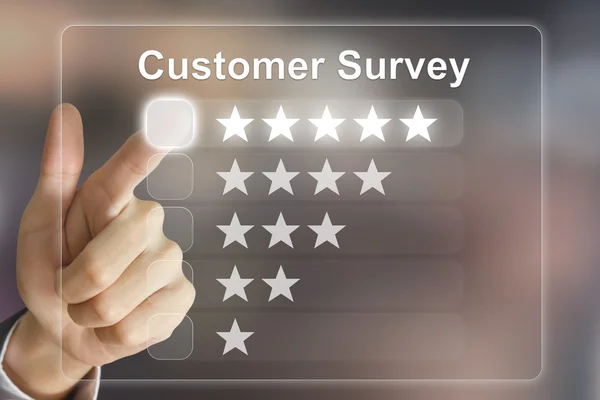Content marketing continues to evolve rapidly, and by 2026, brands must adopt innovative strategies to remain competitive. Short-form videos, AI-driven tools, and personalized experiences are reshaping how businesses engage audiences. Staying ahead requires creativity, strategic planning, and a deep understanding of emerging trends.

Embrace AI for Smarter Content Creation
Artificial intelligence is transforming content marketing. AI tools can now help generate blog posts, social media captions, email campaigns, and even videos. Marketers can use AI to analyze audience preferences, predict trends, and optimize content for engagement. Tools like AI writing assistants and video editors save time while allowing for experimentation with different formats. By leveraging AI, brands can produce more personalized content at scale and respond quickly to changes in audience behavior.
Personalization is Key
Generic content no longer captures attention. In 2026, successful content marketing will focus on personalization. Brands must use data analytics to understand individual user behavior, preferences, and pain points. By creating tailored content for specific audience segments, businesses can increase engagement and conversions. Personalization can range from customized emails to product recommendations, interactive quizzes, or location-based campaigns. Audiences feel valued when content speaks directly to them, which builds loyalty and trust.
Experiment with Immersive Formats
The future of content marketing is immersive. Augmented reality (AR), virtual reality (VR), and interactive content are becoming mainstream. Brands can use AR filters, 360-degree videos, and interactive infographics to create memorable experiences. For instance, a fashion brand could allow users to virtually try on clothes before purchasing. These formats increase engagement and give audiences a reason to interact with the brand beyond scrolling. Immersive content will separate innovative marketers from those relying on traditional methods.
Focus on Storytelling
Storytelling remains at the heart of effective content marketing. In 2026, audiences are drawn to authentic narratives that resonate emotionally. Brands should share stories about their mission, customer success, behind-the-scenes processes, and social impact. Strong storytelling builds a human connection, encourages sharing, and helps a brand stand out in a crowded digital landscape. The combination of storytelling with data-driven insights ensures that content is not only compelling but also relevant to the audience.
Leverage Multi-Channel Strategies
No single platform can guarantee success. To stay ahead, brands must adopt a multi-channel approach. This means distributing content across social media, websites, email, podcasts, and emerging platforms like AI-driven feeds. Consistent messaging tailored for each channel maximizes reach and engagement. Multi-channel strategies also allow brands to retarget audiences and reinforce key messages, increasing the likelihood of conversions.
Optimize for Search and Voice
Search engines and voice assistants are critical for content visibility. In 2026, optimizing content for SEO and voice search is essential. Marketers should focus on conversational keywords, structured data, and answer-driven content. Voice search optimization ensures content is accessible to users relying on smart devices, while traditional SEO helps maintain discoverability on search engines. Combining both approaches guarantees long-term relevance and reach.
Measure and Adapt Continuously
Analytics and performance tracking remain essential. Brands should regularly monitor engagement, conversions, and audience feedback. By analyzing which content performs best, marketers can refine strategies, experiment with new formats, and identify opportunities to innovate. Flexibility and adaptability are key to staying ahead in the fast-changing content landscape.
Conclusion
Content marketing in 2026 is defined by AI, personalization, immersive experiences, and authentic storytelling. Brands that embrace these trends, use multi-channel strategies, optimize for search, and continuously adapt will maintain relevance and drive engagement. Staying ahead of the curve requires both creativity and data-driven decision-making, ensuring that content resonates with audiences and achieves measurable results.











